One of the leading inflatable kayak design companies is Advanced Elements, located in Benicia, California.
Founded in 2002 by two inventors, Charlie Hall and Clay Haller, the Advanced Elements line has grown into one of the best-known lines of inflatable kayaks. From the company’s inception, Clay and Charlie desired to push the envelope with a new concept – a “hybrid” design of inflatable and rigid components that perform more like a hard shell kayak, but portable, lightweight, and affordable.
Today, Advanced Elements is well-known for durability, performance and innovation. The 2015 lineup includes 12 kayak models with three variations, ranging in size from 7 ft 9 inches to 15 ft. These span the gamut of recreational to touring, fishing to whitewater, open and closed designs, in both solo and tandem models.
With this many choices, where does one start?
If this is your first kayak, you may want to read our Guide to Choosing an Inflatable Kayak – What You Should Consider, which explains some of the generic features and concepts in inflatable kayaks.
If you have a good idea what you’re looking for, AirKayaks has prepared a table outlining and comparing each of the Advanced Elements models. This is separated into three sections:
Solo models under 10 feet in length
Solo models over 10 feet in length
Tandem models for one or two paddlers.
How do you use this table? First, ascertain the paddler sizes – are you big and tall or average?
Then decide the type(s) of paddling you want to do (paddling situations):
Touring – Long paddles, camping, open water
Coastal – Open water, waves, bays
Recreational – Lakes, sloughs, slower rivers, calm waters
Whitewater – Fast-moving maneuvering with eddies, drops.
Wave surfing
Fishing
Determine what attributes are important (or not!) to you – do you want portability or storage capacity? Stability or speed?
Follow the color key to decide which kayak is good for varying sizes and activities:
Blue – The kayak is great!
Green – The kayak is good.
Orange – The kayak is okay.
Yellow – This kayak is not recommended.
For instance, if you were average weight and height, and calm water paddling was a priority, then the AE1017 Sport might be a great choice. But, if you planned on some open water or inclement weather paddling, then the AE1012 – with its enclosed deck – might be best.
If you are having trouble viewing the details in the table (separated into three), follow this link for a larger and printable version of the Choosing Your Advanced Elements Inflatable Kayak.
Solo models under 10 feet in length
Solo models over 10 feet in length
Advanced Elements tandem kayaks for solo or double paddling.
Once you’ve narrowed down your choices, you can view details on the various Advanced Elements inflatable kayaks at http://www.AirKayaks.com. You can also read the following product reviews –
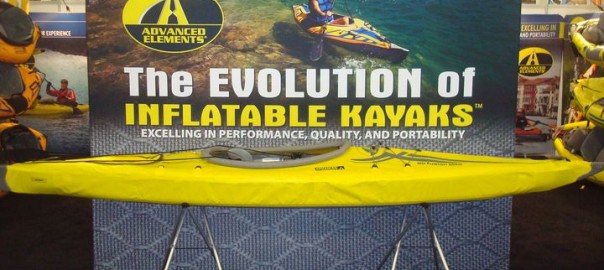
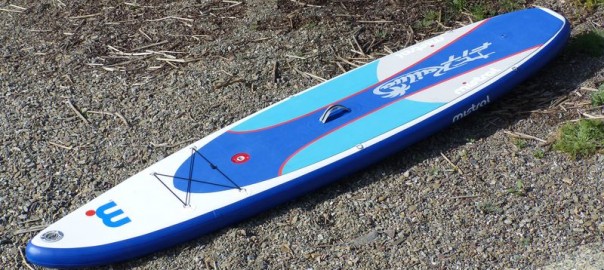
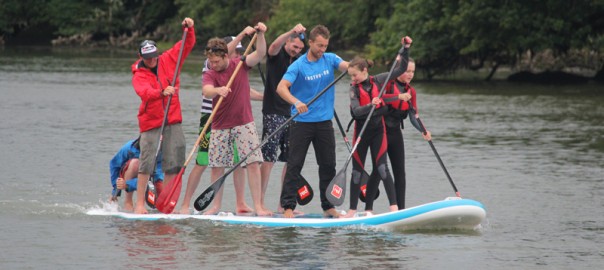
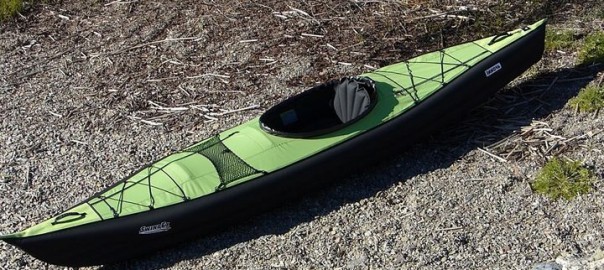

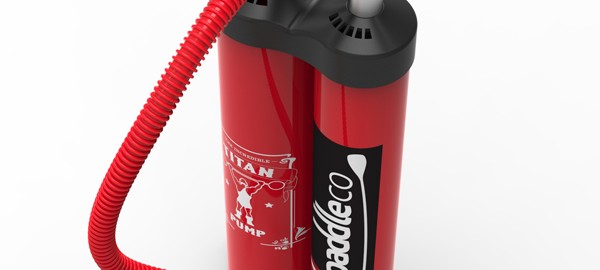
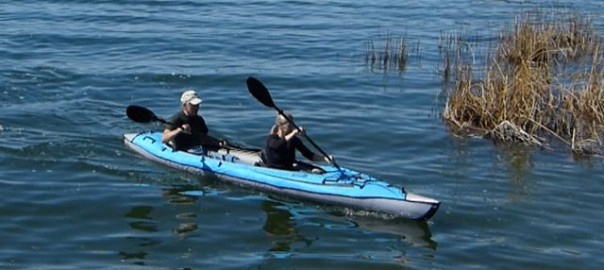
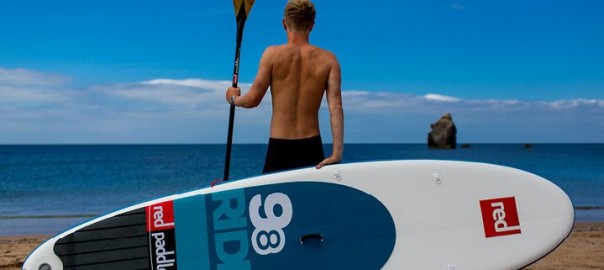
You must be logged in to post a comment.